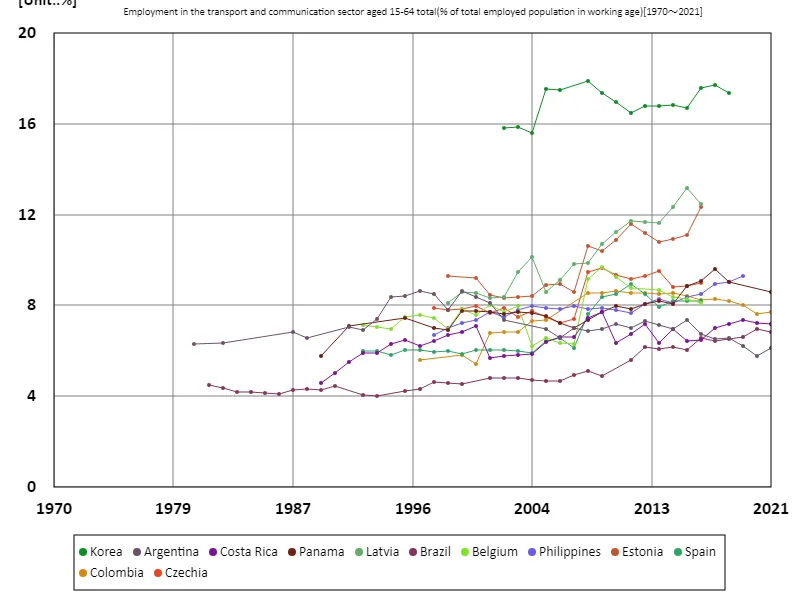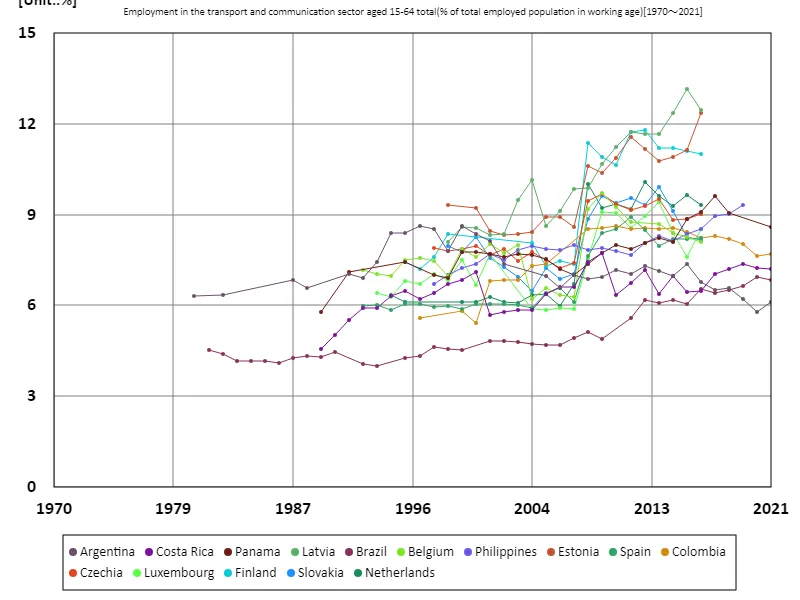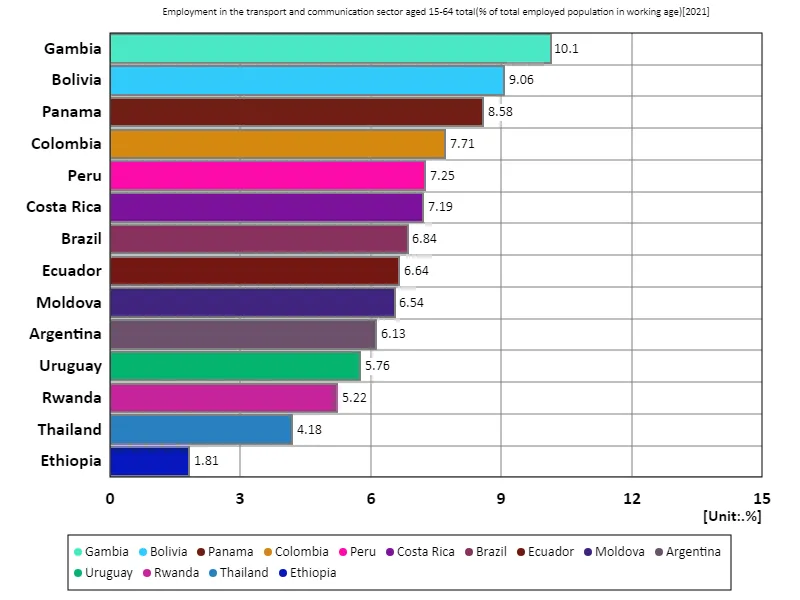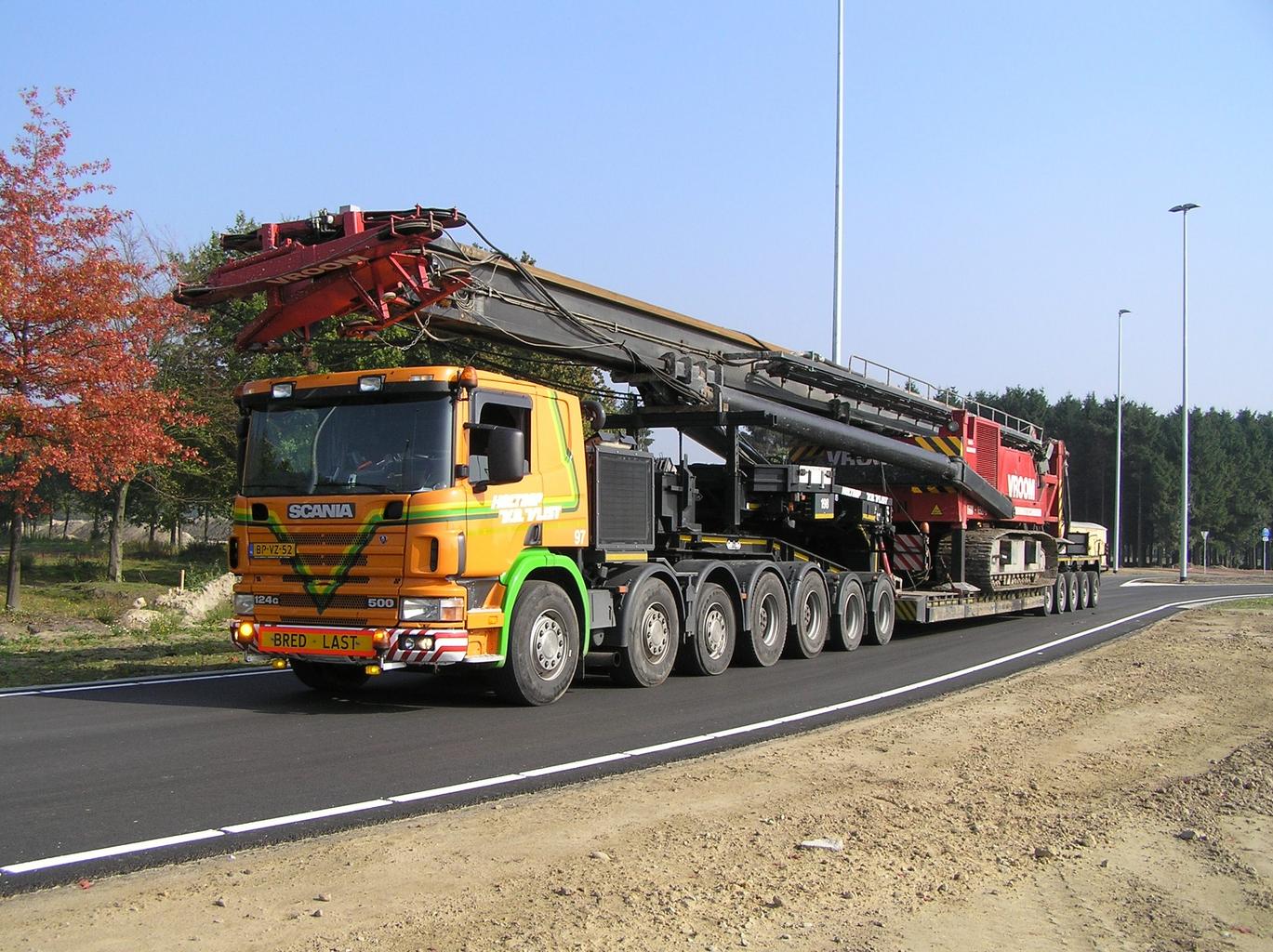- Abstract
- Employment rate for all 15-64 year olds, transport and communications sector (percentage of working-age population)
- Employment rate for all 15-64 year olds, transport and communications sector (percentage of working-age employed population) (worldwide)
- Employment rate for 15-64 year olds overall, transport and communications sector (percentage of working age employed population) (worldwide, latest year)
- Reference
Abstract
The average age of male workers between 15 and 64 indicates the structure of the economy and the maturity of the labor market. In countries like Moldova, where the average age is high at 44, the ageing of the workforce is prominent. This could be indicative of a declining birth rate, an outflow of young people, and the effects of an ageing society. Generally speaking, countries with developing economies or those in transition tend to have older workers. Conversely, in developed countries where young people have a greater input into the labor market, the average age tends to remain relatively low. These data are important indicators for understanding each country’s economic situation, policies, and social background.
Employment rate for all 15-64 year olds, transport and communications sector (percentage of working-age population)
Between 1980 and 2021, employment in the transport and communications sector (as a percentage of the working-age population aged 15-64) varied widely across countries. Of particular note is South Korea’s high employment rate of 17.9% in 2008, reflecting the rapid growth of the Korean economy at the time and the advancement of its logistics and communications infrastructure. However, subsequent trends have shown that the employment rate in South Korea’s transport and communications sector has declined and is now at a peak level of 96.9%. This is thought to be due to automation and efficiency improvements brought about by technological advances, or changes in the economic structure. In other countries, increasing globalization and digitalization have led to fluctuations in employment rates in the transport and communications sector, with developing countries seeing job growth in this sector while developed countries are seeing job losses due to automation. Overall, we can see that technological innovation and structural changes in the economy are having a significant impact on employment rates in the transport and communications sector.


The maximum is 17.9%[2008] of Korea, and the current value is about 96.9%
Employment rate for all 15-64 year olds, transport and communications sector (percentage of working-age employed population) (worldwide)
If we look at the fluctuations in employment rates in the transport and communications sector using data from 1980 to 2021, we see a notable change. The employment rate of 17.9% recorded by South Korea in 2008 reflected economic growth and progress in infrastructure development, and was indicative of South Korea’s economic strength at the time. However, South Korea’s current employment rate remains at 96.9% of its peak. This decline can be attributed to technological advances and automation. From a global perspective, employment rates in the transport and communications sector show two trends: an increase in developing countries and a decrease in developed countries. In developing countries, employment in the transport and communications sectors is growing as infrastructure develops and demand increases. Meanwhile, in developed countries, technological innovation and efficiency are progressing, leading to a decline in employment. Overall, it can be said that technological advances and changes in the economic structure are having a significant impact on employment in the transport and communications sector.


The maximum is 13.2%[2015] of Latvia, and the current value is about 94.7%
Employment rate for 15-64 year olds overall, transport and communications sector (percentage of working age employed population) (worldwide, latest year)
When examining the characteristics and trends of employment rates in the transport and communications sector based on 2021 data, the first thing that stands out is The Gambia’s high employment rate of 10.1%. This indicates the importance of the transport and communications sector in The Gambia’s economy and reflects the high demand for infrastructure development and logistics. Meanwhile, the global average employment rate is 6.65%, indicating that in many countries the sector represents a relatively small share of the overall labour market. Additionally, the overall combined employment rate of 93.1% suggests that the majority of countries included in the data have some employment opportunities in the sector. The transport and communications sectors are important sources of employment, especially in developing countries, while their relative share of employment in developed countries is declining due to technological change and automation. This shows that employment in the transport and communications sector varies significantly depending on the stage of economic development.


The maximum is 10.1% of Gambia, the average is 6.65%, and the total is 93.1%



Comments